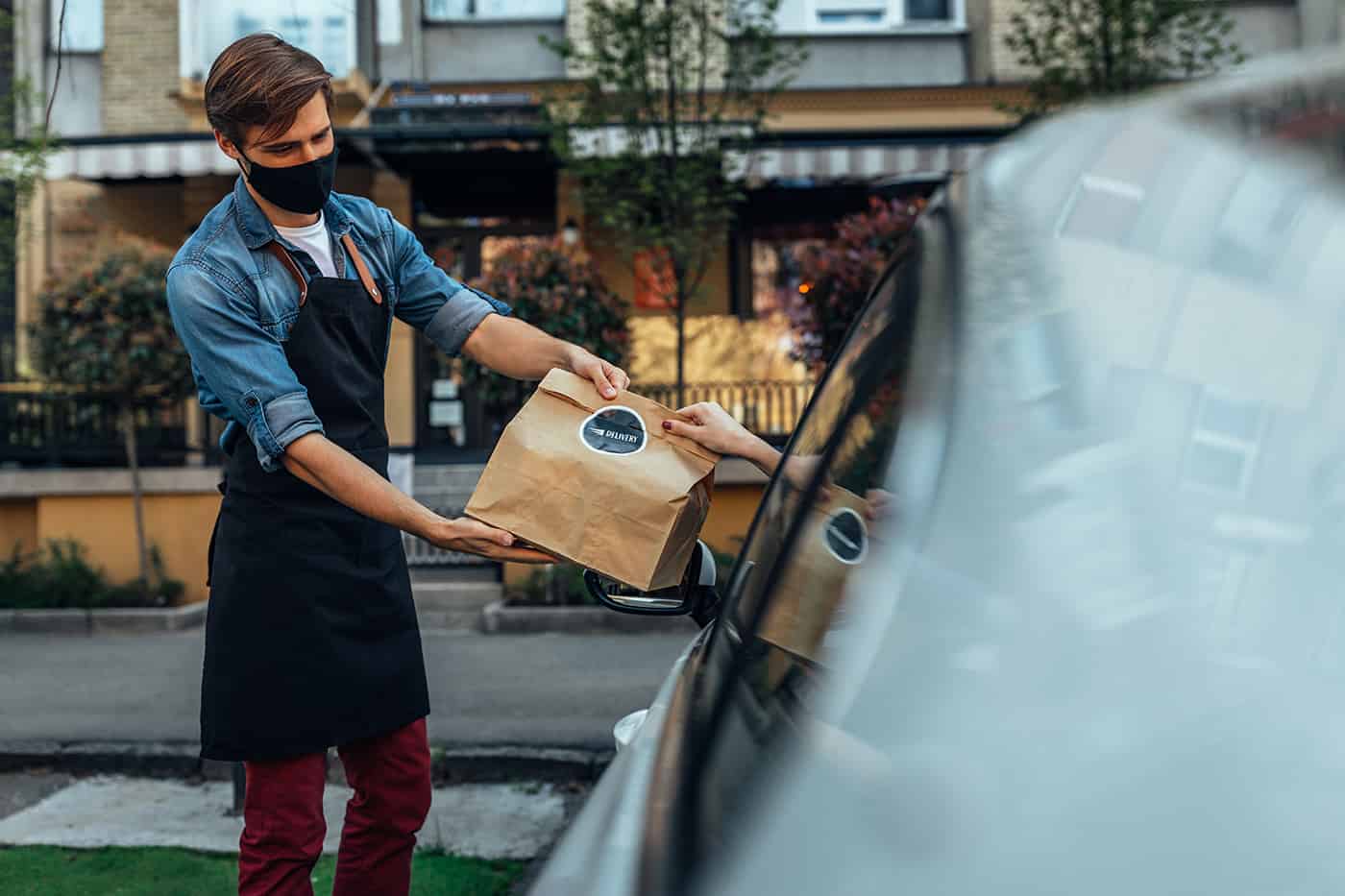As a designer surveying the ever-changing landscape of retail over the past year, it appears that the fog is now lifting, allowing both retailers and designers to take a fresh look at how retail has changed and where it can still evolve. But how do we, retailers, designers, and architects who create static elements such as a site or building, make those spaces flexible? Can we create new concept with flexibility in mind?
Changing Stores for Changing Times
Personally, I like having options for how I shop. Curbside pick-up simplifies my trips to the grocery store. It allows me to choose between convenience vs exploration. No marching up and down aisles unless it is something I choose to do. Ordering via apps allows me to skip the lines in the store, or at the drive-thru. Pandemic or not, I prefer to order ahead, or in my car, and go in to pick up my order. The standing in a crowd, trying to make a decision (quickly), and the sounds of a noisy expo kitchen will not be missed. But I also realize that I am not the only one that businesses aim to serve. Some customers are eager to get back inside and, believe it or not, enjoy standing in lines and experiencing the sights and smells of the kitchen. Some like to spend all day shopping in stores. There are different expectations and different priorities that will be served by whoever seeks to serve them according to their preference.

I also have new expectations for how to communicate and interact. It saves me time when I don’t have to wait in line for customer service, or when I am notified about new, or in-stock, products without having to make an extra trip into the store. As more companies I interact with expand their omni-channel presence, I appreciate having the choice to complete interactions and transactions on my phone. But I also realize that I am in the middle of two groups that lean to opposite directions. Young demographics are comfortable interacting fully in digital world. Gen Z have had access to digital tools their whole lives. For them, sampling beauty products virtually and/or virtual experiences may continue to be strong when they may not have access to the store, or when it allows them to experiment and learn beyond retail hours. To them, there is not much of a difference between in-store and digital experiences, apart from being able to touch and feel products and be able to take them home right away.
Older generations tend to prefer in-person interactions, whether it is because they still like the shopping trip or because that is what they are used to the most. For them, the rush to technology, online ordering, and apps is still an incredibly new phenomenon, and one they may choose not to embrace. Sure, they have recently increased their adoption of technology over the past year out of necessity, but it remains to be seen whether that will continue. That tension, to a certain degree, also runs across all demographics as ideas such as digital minimalism cause people to reassess what is important to them, what technologies are useful, and which are only novelties.

Imagine that…
And so, we live and design with this on-going tension between a greater adoption of technology alongside a desire for in-person shopping and service. That leads us back to the original question of how that can be achieved for retailers with a bricks-and-mortar presence. Below are a few high-level ideas that head in the direction of what a flexible store could look like.
- Flexibility and the Site – Since curbside parking spots are typically in a prime location close to the store entrance, think about how that space can also be used for promotions and product launches if curbside use decreases. Think about how flexible fixture systems can be utilized so that merchandising is easy to bring out from the store as it opens and back inside as it closes. And what about 3rd party amenities, like a food truck or a local entrepreneur who is developing a product that is tangential to a retailer’s product line?
- Flexibility and the Store Experience – As stores play a greater role in fulfillment, retailers would benefit from adjusting how back-of-house stocking is considered. Could there be a “mid-house” buffer that serves multiple needs for stock, 3rd party shoppers, and customers? If so, could the extra space allow for showroom elements like product-based experiences and personal interactions? That layout could change perceptions of what shopping is, nudging more customers to order basic items ahead and spend more of their time in-store focused on experiential shopping.
- Flexibility and Product Selection – For those who prefer not to shop on their phone, consider creating a “check-in” station where products can be pre-ordered in-store with the assistance of an associate. Or, when customers are making routine purchases, consider allowing them to scan past receipts that can then help build a new shopping list and avoid the trek around the store. Or for a higher level of service, consider the option of a co-shopper who can assist with finding items. That could be a service reserved for members who pay an additional fee per year. And when time spent finding products on shelves is reduced, that either increases the convenience of the trip or creates time for experiences and education.
- Flexibility and Customized Service – The creation of timeslots set aside for different shoppers is a way to create customization and flexibility with minimal changes to the store and site. It has been successfully tested during the pandemic as high-risk shoppers and first responders had their own time to shop. Continuing that strategy in a new way could encourage different demographics to come at specific times, so services can be catered to their needs. This could also include quieter shopping experiences with less noise and visual stimulation as well as higher service times with more associates stationed throughout the store.
How We Get There
The next step will require more than just ideation and brainstorming. Keeping in touch with the customer and understanding their preferences and needs is more important than ever. Developing a strategy for innovation will help maintain focus. Design sprints will allow teams to test ideas quickly and solicit customer input to make decisions. And finally, thinking about sites and stores beyond how we typically think of them will allow for new solutions that will serve our customers, even as their needs continue to change.
